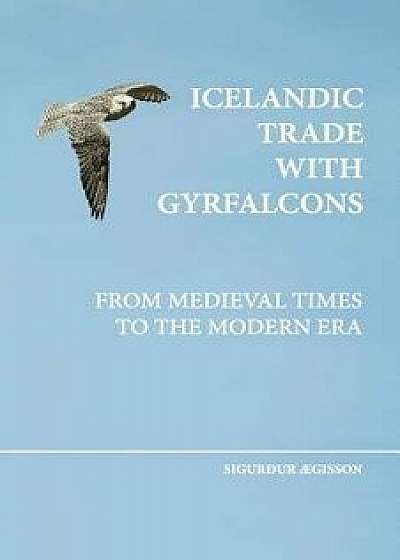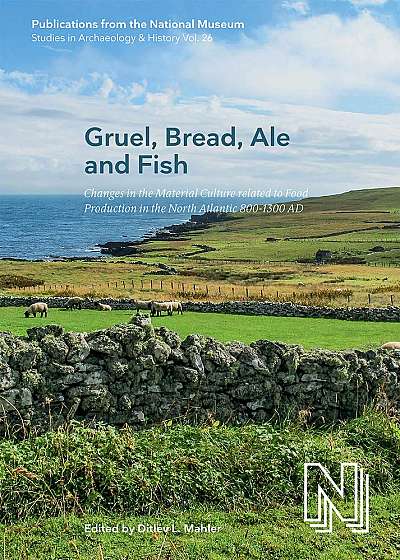
Icelandic Trade with Gyrfalcons: From Medieval Times to the Modern Era, Paperback/Sigurdur Aegisson
Descriere
The gyrfalcon is the largest falcon in the world and the most northern diurnal raptor, a swift bird of majestic appearance. It hunts in a variety of ways, but one characteristic, more than any other, its climbing ability - that is, flying straight up at a steep angle, often making only one turn before it has gained ascendancy over its intended prey - made the bird a favourite in times past, especially when hunting for large, high flying quarry. Giraldus Cambrensis (Gerald de Barry), in his book, De Arte Venandi cum Avibus (Art of Falconry), which is assigned to the last part of his life, c. 1241-1250, and took 30 years to compile, distils the knowledge of falconry of many cultures, and immediately became one of the basic sources of reference dealing with the subject. In one place it states: "Gerfalcons are fledged in or near the most distant parts of the seventh climatic zone ... Some of them are brooded on the high cliffs of the Hyperborean territory, particularly on a certain island lying between Norway and Greenland, called in Teutonic speech Iceland ("Yslandia") ... These falcons are the best birds for hunting." This is their story, from medieval times to the modern era. It is not certain when the export of gyrfalcons from Iceland began but there is some evidence to suggest that it may have been around the year 950. The Icelanders of these far-off times probably knew, by their association with foreigners, that important personages in England, France, Germany and even further afield, found these birds highly desirable, possibly making gyrfalcons a valuable trading commodity - if they had not known this before. The German historian Klaus Friedland has very interesting information about these matters, e. g. how big a role the export of gyrfalcons played in the Icelandic economy of these days of yore. He says: "The trade in Icelandic hawks could be perceived as relevant only to the pleasures of the courts, and not to the penetration of the North. This would be only h





